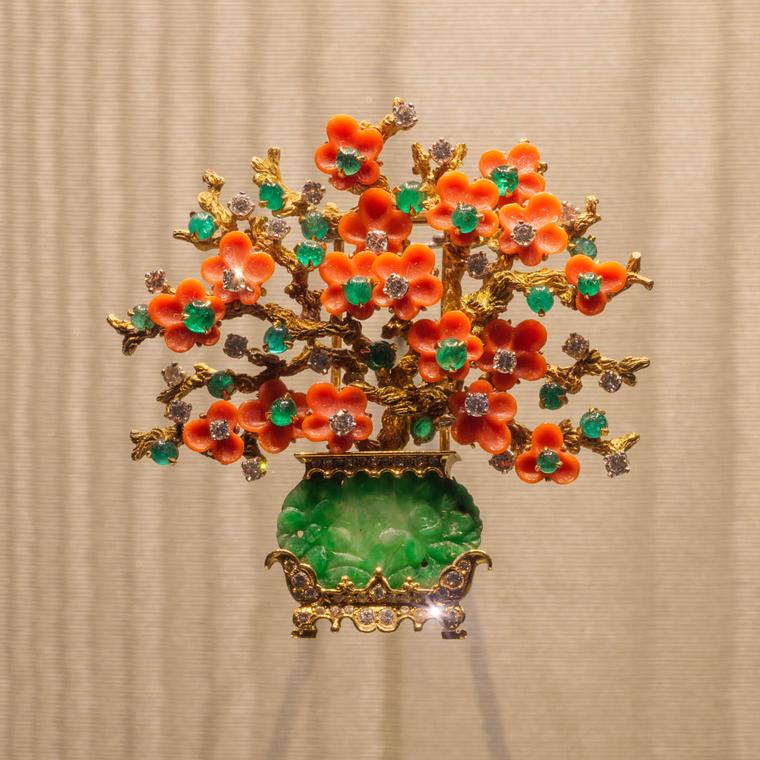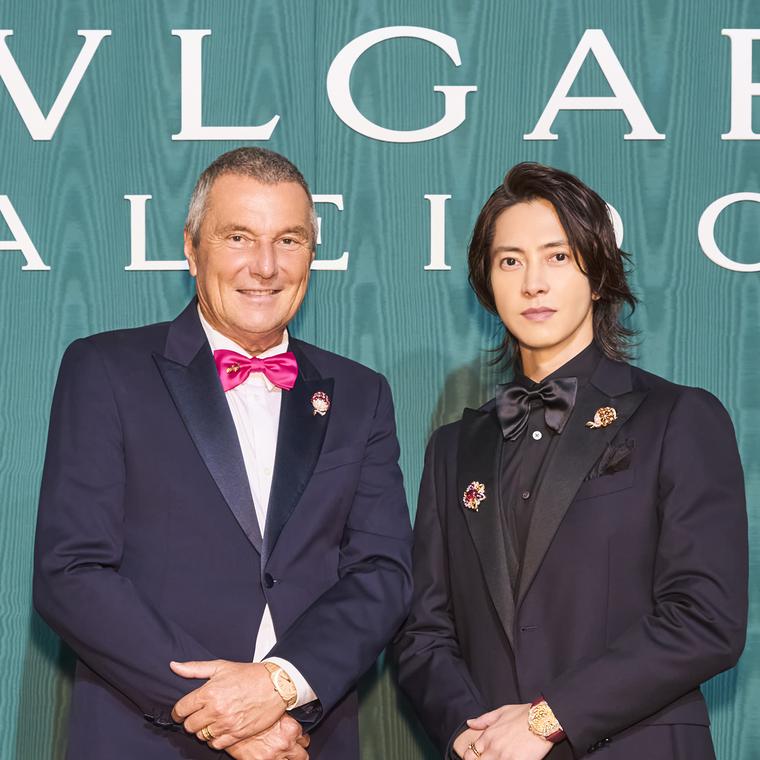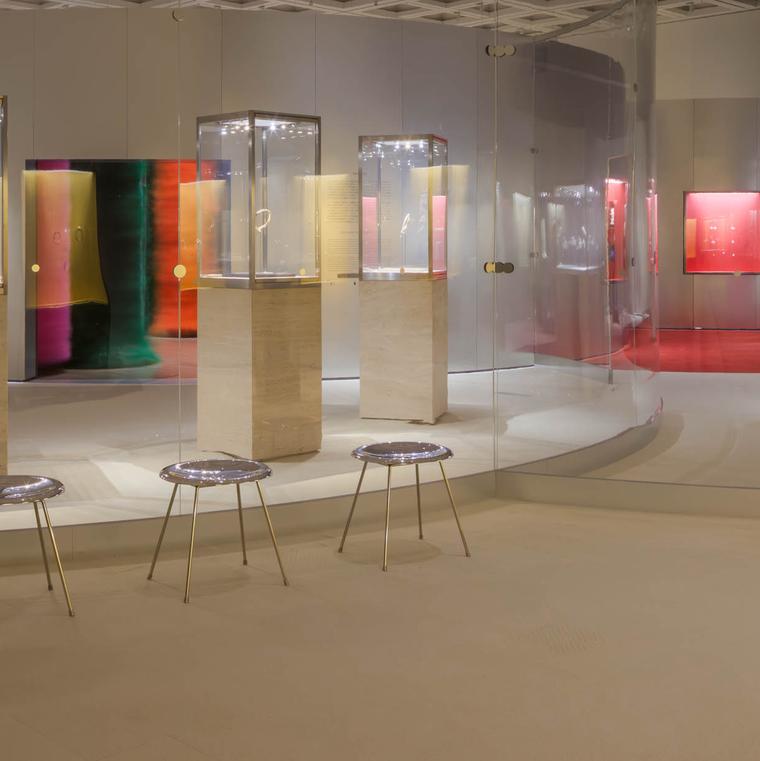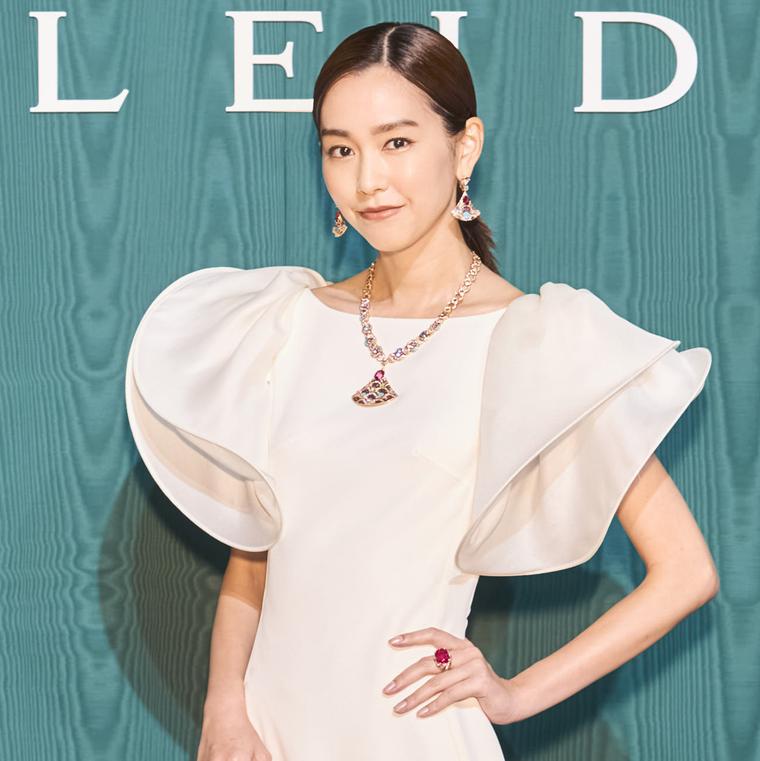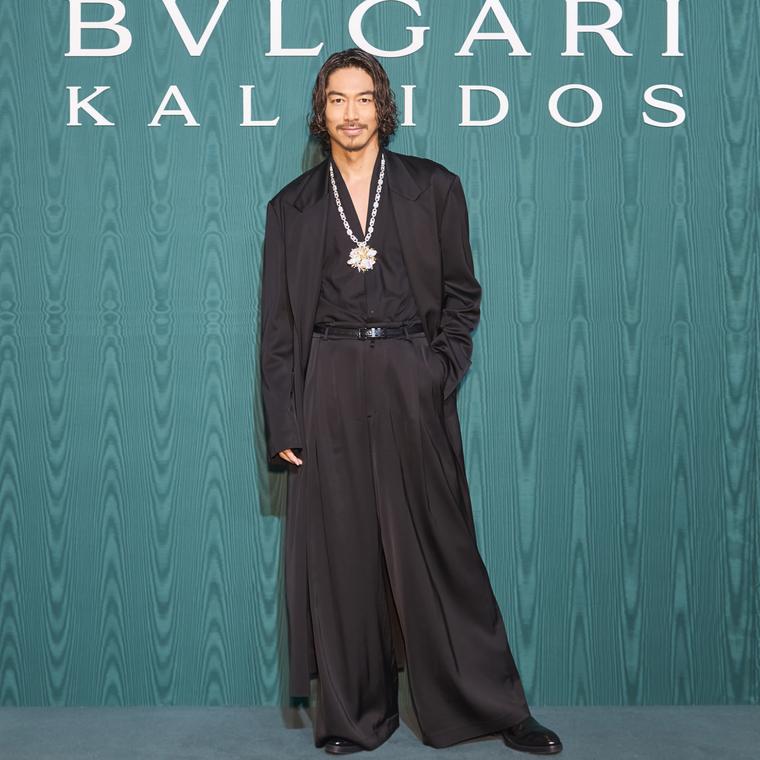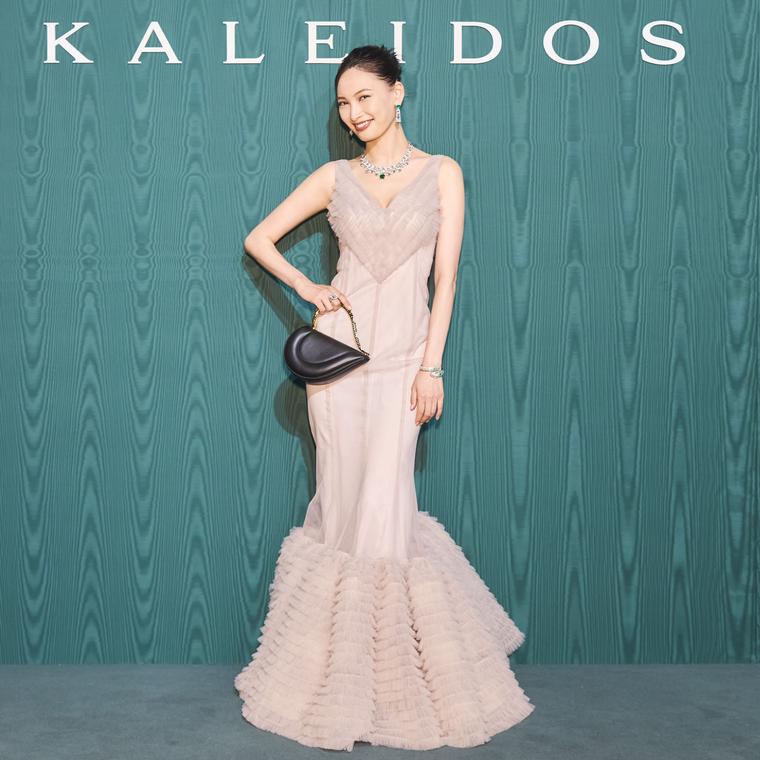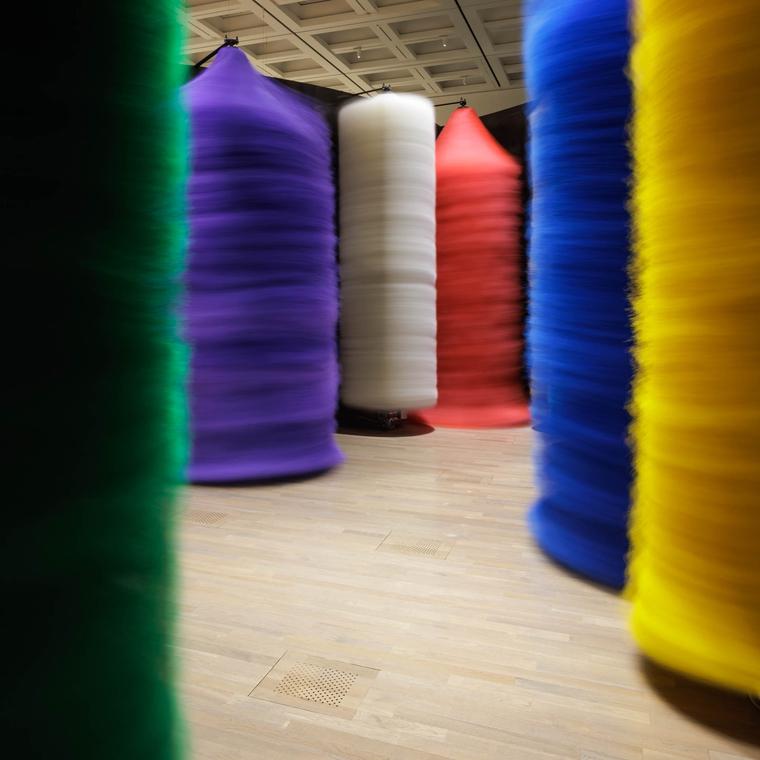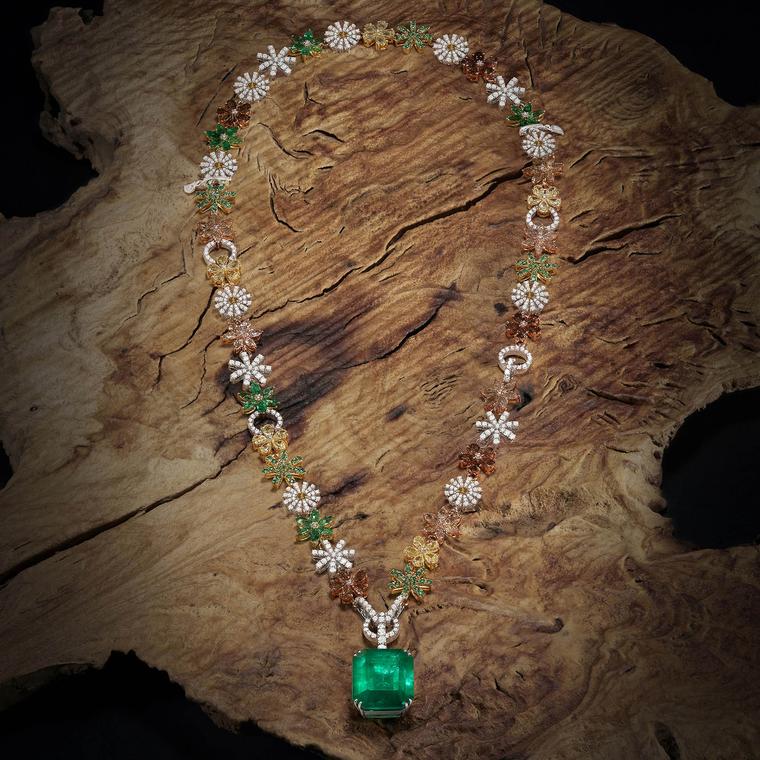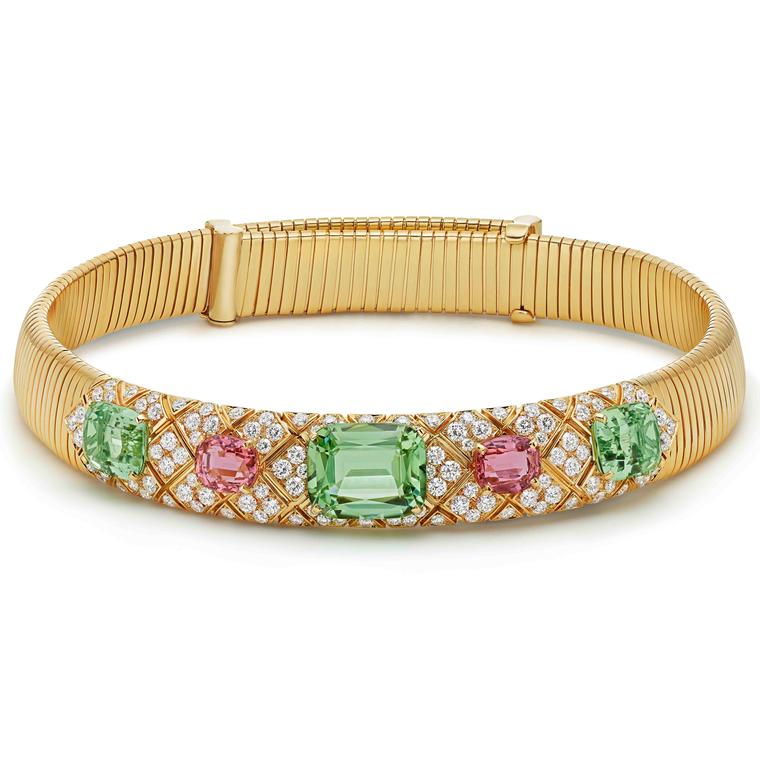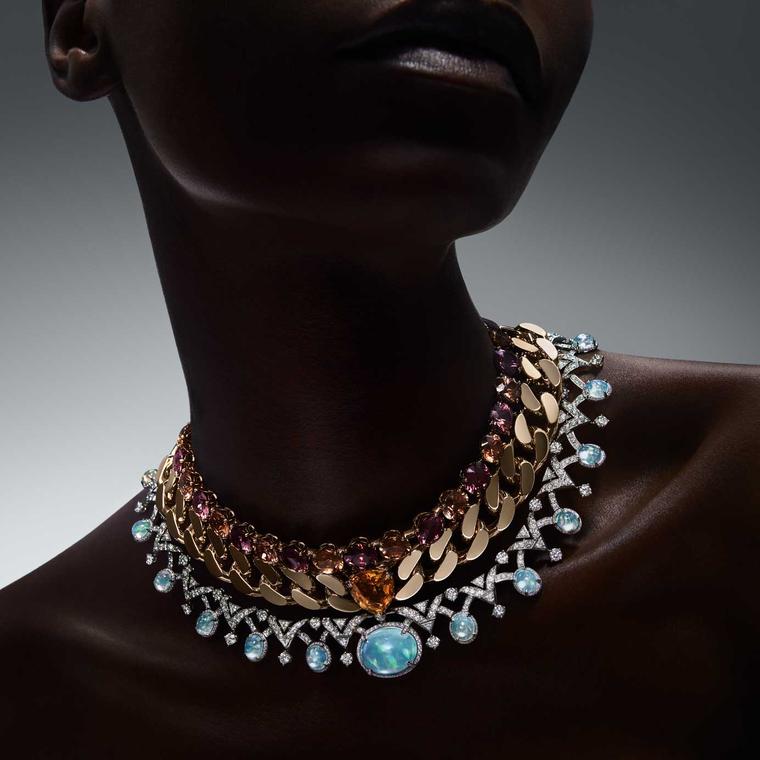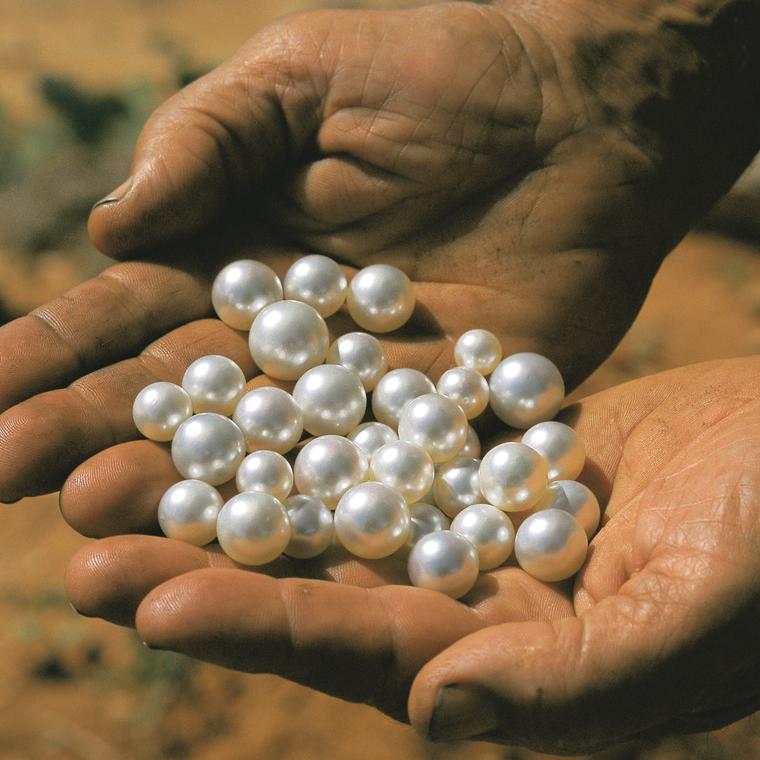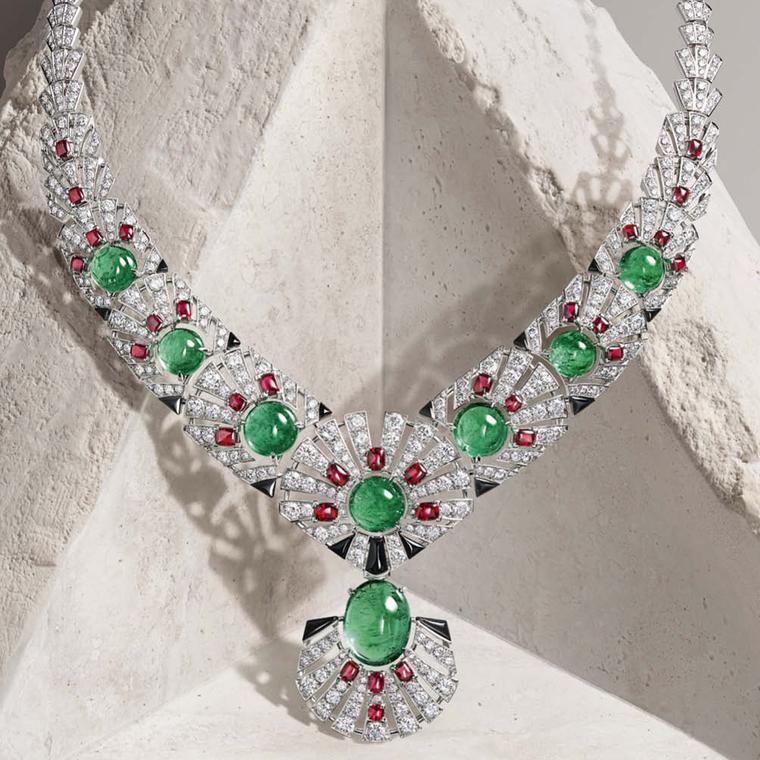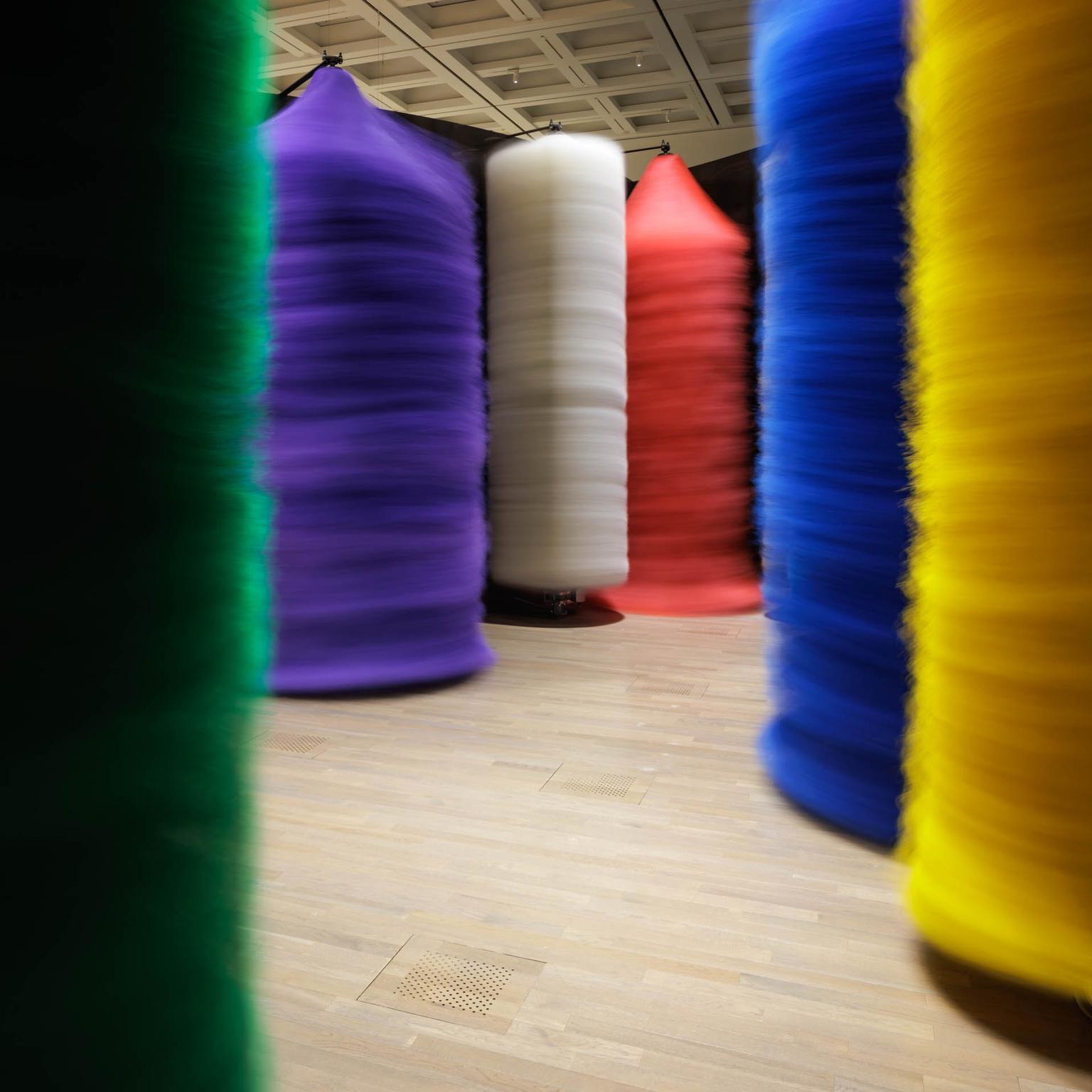
In Tokyo’s Roppongi district, a wave of glass ripples across the skyline. The National Art Center, designed by Kisho Kurokawa, is one of Japan’s most distinctive museums: an institution without a permanent collection, devoted entirely to temporary exhibitions. It is within this fluid, light-filled architecture that Bvlgari has chosen to stage its most ambitious project in Japan to date —Kaleidos: Colours, Cultures and Crafts. The setting could not be more apt. Both the building and the exhibition celebrate impermanence, transformation, and the shifting perception of beauty.
Running from 17 September to 15 December 2025, Kaleidos brings together nearly 350 works from the Roman jeweller’s Heritage Collection and private collections, alongside pieces of contemporary art. The name derives from the Greek kalos(beautiful) and eidos (form), signalling a journey through colour as an ever-changing prism of creativity. For Bvlgari, colour has always been more than embellishment: it is a signature language. In the 1950s, the house broke with convention by pairing sapphires, rubies and emeralds with yellow gold, or elevating once-dismissed stones like amethyst and turquoise. This chromatic audacity established Bvlgari as the “Master of Coloured Gemstones”, a reputation that resonates through the exhibition.
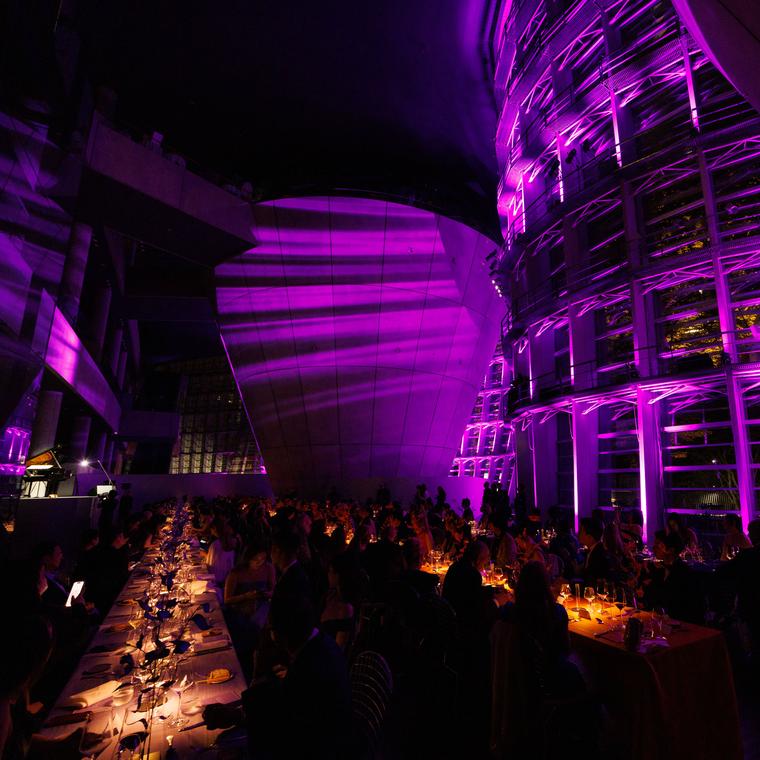
The curatorial structure unfolds in three chapters. The Science of Colour examines the physical and optical effects of gemstones — citrines that recall a Roman sunset, or sapphires and rubies set in bold contrast. Colour Symbolism considers how cultures invest hues with meaning, with highlights such as the legendary Seven Wonders emerald necklace of 1961. Finally, The Power of Light reveals how brilliance and reflection transform our perception, culminating in a spectacular transformable sautoir from 1969, drenched in amethysts, citrines, turquoises and diamonds.
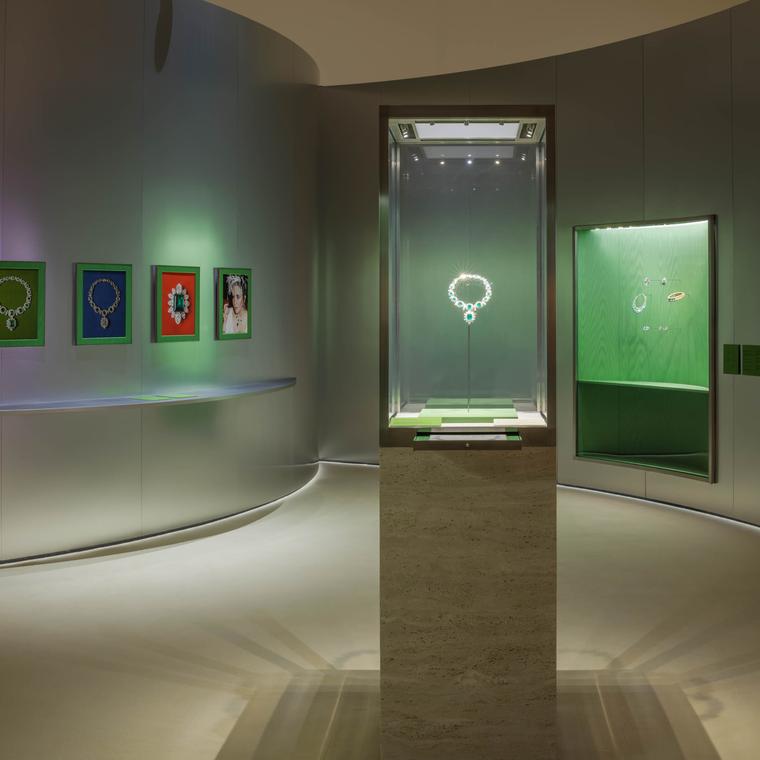
What sets Kaleidos apart from a conventional jewellery retrospective, however, is the dialogue it opens between Italy and Japan. The scenography, created by Japanese architects SANAA and Italian design studio Formafantasma, merges Roman heritage and Japanese aesthetics. The designers drew on the mosaics of Emperor Caracalla’s baths and the ginkgo leaf, a symbol of Tokyo, to craft curved, translucent structures that guide visitors like shifting shards of a kaleidoscope. This cultural bridge is reinforced by the exhibition’s diplomatic backing, with the Italian Embassy in Tokyo framing it as a celebration of shared values: beauty, craftsmanship, and creativity.
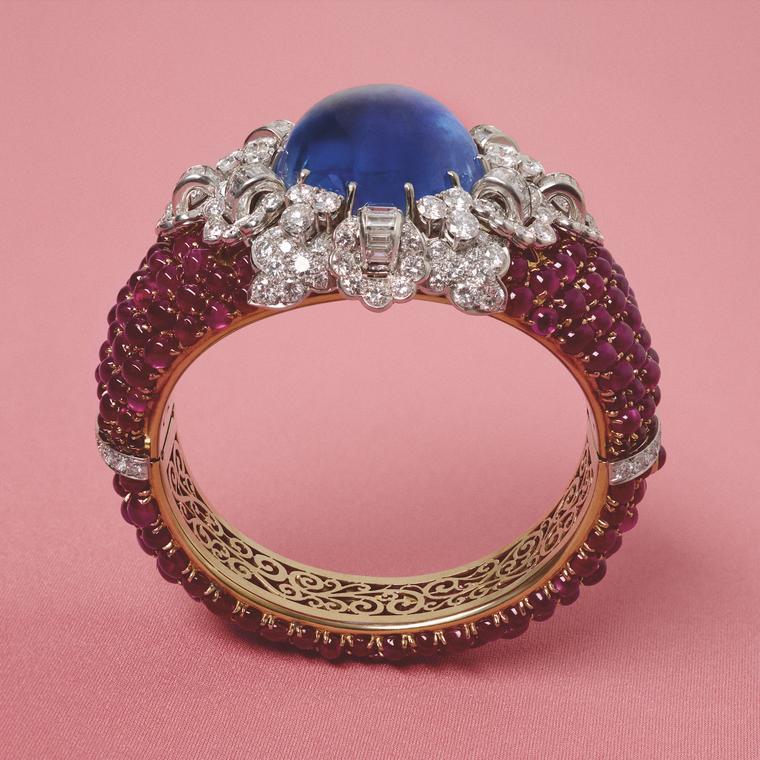
The exhibition also integrates contemporary voices. Three women artists — Lara Favaretto, Mariko Mori, and Akiko Nakayama — contribute installations that expand the theme of colour beyond jewellery. Favaretto’s whirling industrial brushes become sculptures of rhythm and hue; Mori’s myth-inspired stone embodies cosmic origins; Nakayama’s fluid pigments shimmer and vanish in real time. Together, they echo the ephemerality at the heart of both the kaleidoscope and the museum itself.
Bvlgari Kaleidos: Colours, Cultures and Crafts runs from 17 September to 15 December 2025 at the National Art Center, Tokyo (Roppongi, Minato-ku). Open daily 10:00–18:00 (until 20:00 on Fridays and Saturdays), closed Tuesdays. Click here to buy tickets.



